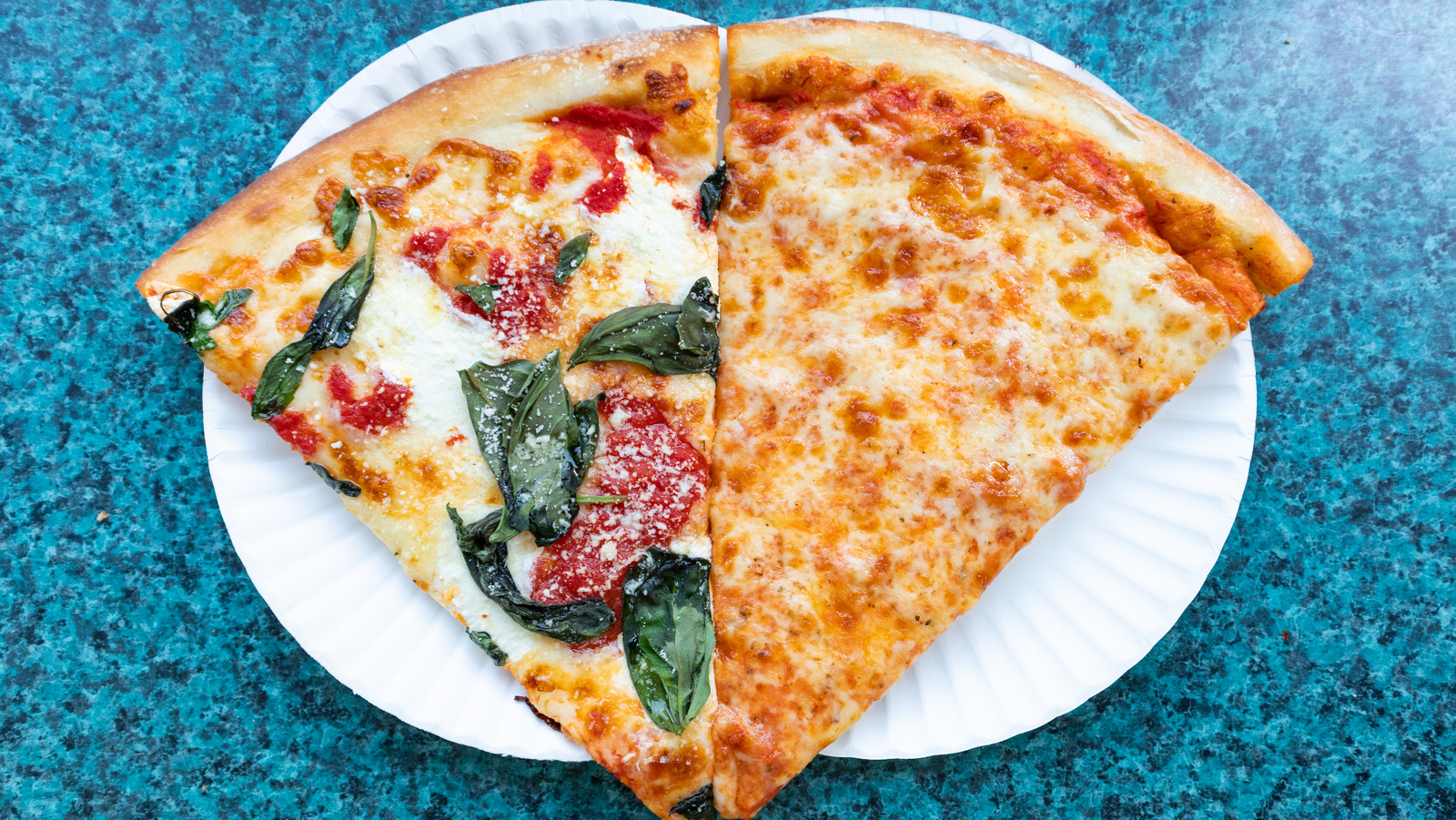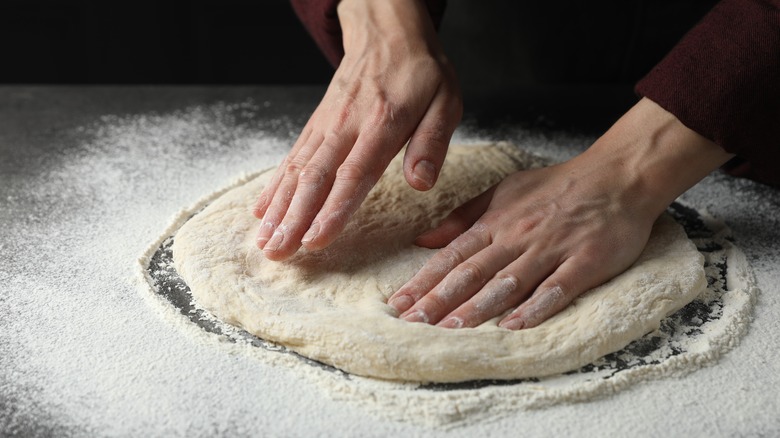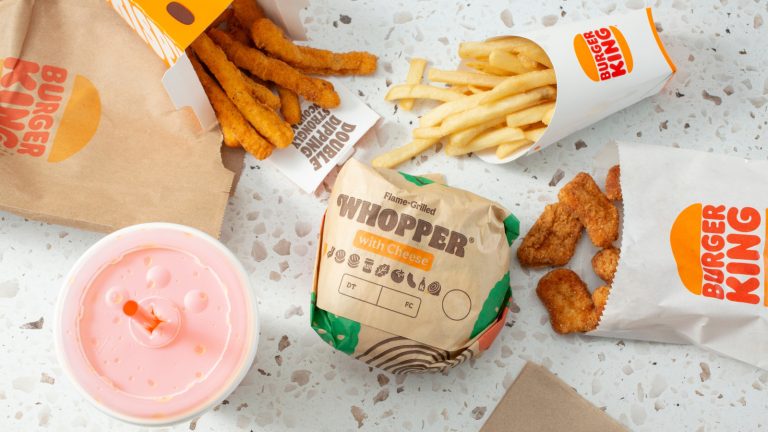There is no shortage of arguments over which American city has the best signature pizza. There are so many popular variations, like Chicago deep dish and Detroit’s square-cut, but nothing quite compares to a classic New York slice. One of the things that really separates pizza found in the Big Apple is the secret iconic ingredients used in its dough. To learn more about this famous flavor, we spoke to Nicole Hunn, recipe developer and founder of Gluten Free on a Shoestring.
Whether your crust is gluten-free or full of Italian double zero flour, no New York pizza dough is complete without sugar and oil. According to Hunn, “The oil helps create that chewy texture with a bit of crisp on the outside, and it keeps the dough from drying out too fast.” Most basic pizza dough recipes already include oil, but it’s important to balance the amount to avoid sogginess. On the other hand, Hunn explained that “sugar gives the yeast a boost and helps the crust brown nicely in the oven.” A small amount will do — one teaspoon is best for yeast activation — so you don’t end up with a dessert-like dough. But, adding the slightest hint of sweetness will also help balance against a more acidic tomato sauce. You may want to experiment with ratios of oil and sugar, but these two ingredients are a must-use when it comes to New York style crust.
More than a flavor upgrade
According to our expert, sugar and oil have other practical uses in New York-style pizza dough. Nicole Hunn explained, “It’s not just about flavor, it’s also about how the dough handles and bakes.” As you might expect, any ingredient that interacts with the yeast will have an effect on the texture and consistency of the dough. Sugar and oil “make the dough easier to stretch without tearing, which is great when you’re going for that classic thin, foldable slice,” Hunn shared. For those who have had a slice, you know that folded bite is part of what makes New York pizza the best.
As a gluten-free recipe developer, Hunn has tested these ingredients firsthand. “Even in gluten free dough, a touch of oil can make the texture less crumbly, while a small amount of sugar can help with both browning and flavor,” the expert told Food Republic. She explained that this is especially true “since many gluten free flours lack that natural sweetness wheat can offer.” This way, you can still simulate the classic New York taste while still staying conscious of your dietary restrictions. It’s not just about adding flavor to your pizza dough, but understanding how the ingredients will affect the physical factors, as well. That being said, who doesn’t love the perfect pizza crust?






